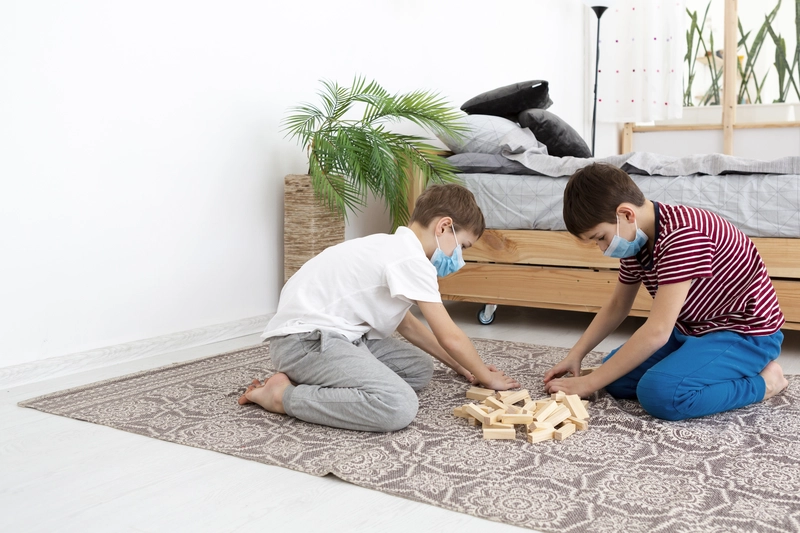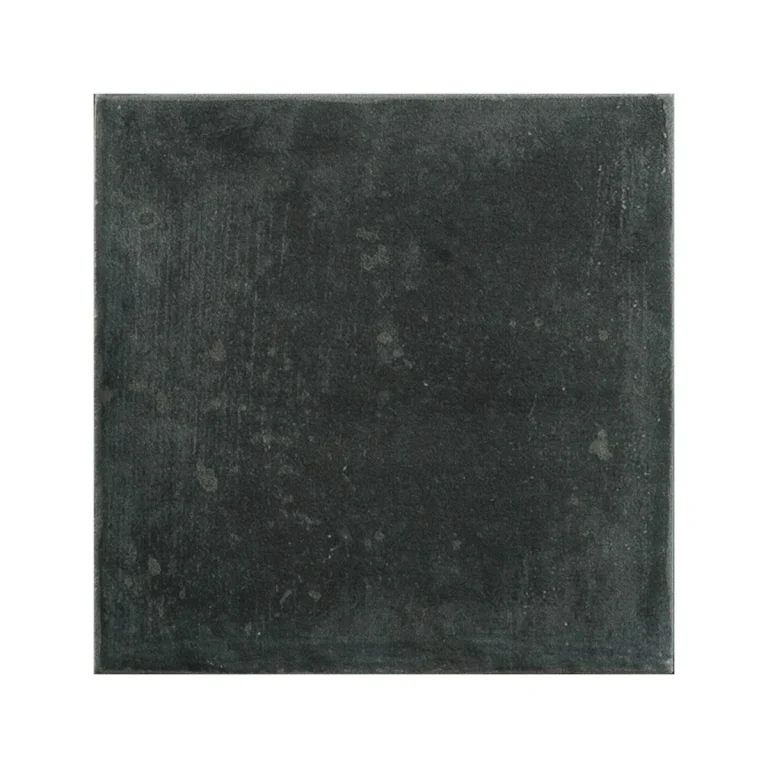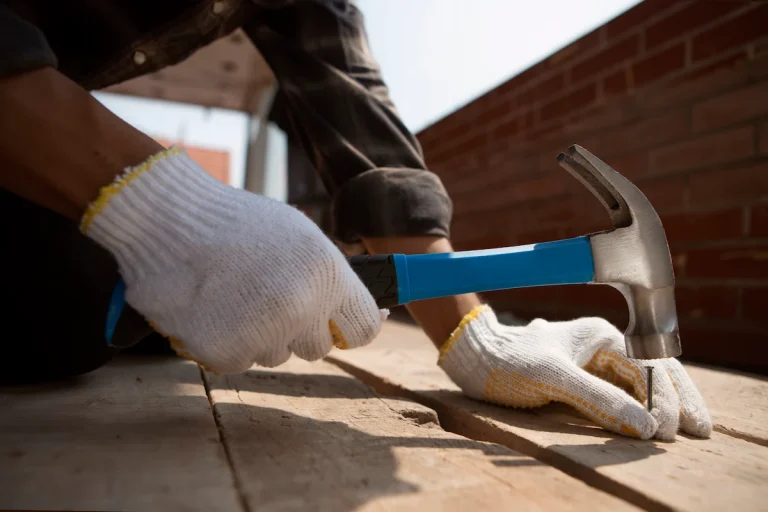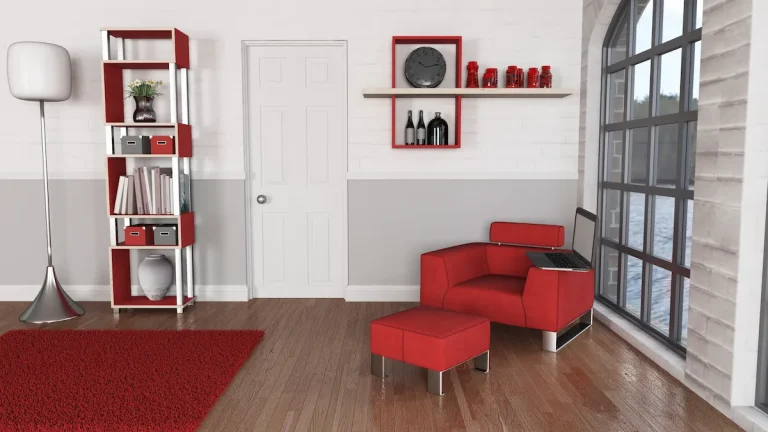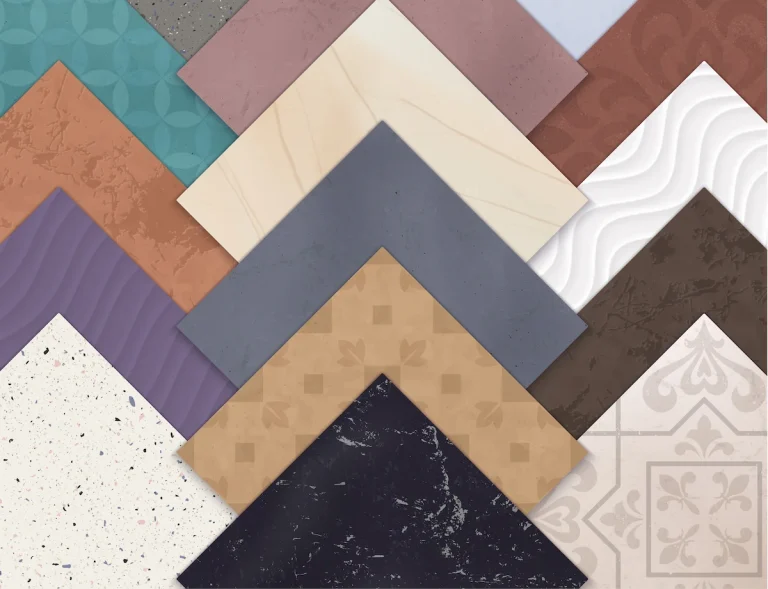Tired of dealing with unsightly furniture marks on your carpets? Wondering how to get furniture marks out of carpet? We will explore practical tips and tricks to help you keep your carpets looking pristine, from using furniture pads to rearranging your furniture regularly.
If you already have furniture marks on your carpets, don’t worry. We’ll show you how to remove them using simple techniques like vacuuming, damp cloths, and steam cleaners.
Stay tuned to learn how to say goodbye to those pesky furniture marks for good!
Cause of Furniture Marks Appear on Carpets
Furniture marks appear on carpets primarily due to the weight of heavy furniture pressing down on the carpet fibres, causing indentations and furniture dents over time.
Various types of carpets, such as plush carpets known for their softness and Berber carpets recognized for their durability, can all be affected by furniture marks. Regarding carpet fibres, wool is resilient but can still show these marks with prolonged pressure, while sisal and cotton
fibres are more prone to permanent damage. Both natural fibre carpets and synthetic ones can experience these issues, with the extent varying based on the quality and composition of the carpet. It’s essential to consider the type of carpet and its specific fibre composition when dealing with furniture marks to determine the best course of action to preserve the carpet’s appearance and longevity.
How to Prevent Furniture Marks on Carpets
Preventing furniture marks on carpets involves using various protective measures that help to distribute the weight of the furniture more evenly on the carpet surface.
1. Use Furniture Pads or Coasters
Using furniture pads or coasters is an effective way to prevent marks on carpets.
These accessories are designed to help distribute the weight of the furniture evenly, which in turn reduces the pressure exerted on the delicate carpet fibres.
Furniture pads come in various materials such as felt, rubber, or cork, catering to different carpet types like high pile, low pile, or hardwood floors. Felt pads are gentle on most surfaces, while rubber pads provide grip and stability. Cork pads are eco-friendly and work well on hardwood floors. Choosing the right material ensures that your carpet remains protected and your furniture stays in place without leaving any unsightly marks.
2. Rearrange Furniture Regularly
Rearranging furniture regularly can help in preventing permanent marks on carpets.
It is recommended to move furniture every few months, especially in high-traffic areas or where heavy pieces sit for long periods. This helps distribute the weight and minimises wear on specific carpet spots. For homes with thick, plush carpets, rearranging every 3-6 months can maintain the carpet’s shape and prevent indentations from forming. On the other hand, for low-pile carpets, rearranging every 6-12 months is generally sufficient to alleviate pressure points and extend the carpet’s lifespan.
3. Lift Furniture Instead of Dragging
Lifting furniture instead of dragging it can significantly prevent marks on carpets.
When furniture is dragged across a carpet, it creates friction between the rough edges of the furniture legs and the carpet fibres. This friction can lead to the fibres being pulled, twisted, or damaged, resulting in unsightly marks and wear over time. Dragging heavy furniture can put unnecessary stress on the carpet backing, potentially causing tears or separations.
To avoid these issues, it’s important to utilise proper lifting techniques when moving furniture. Lift the furniture using your legs, not your back, and ensure you have a firm grip before lifting.
Another helpful tip is to use furniture gliders or sliders underneath the legs of the furniture. These accessories reduce friction and make it easier to move heavy items without damaging the carpet.
How to Get Furniture Marks Out of Carpets
How to get furniture marks out of carpets? Removing furniture marks on carpets can be accomplished through different methods that assist in returning the carpet fibres to their initial condition.
1. Vacuum the Area
Hoovering the affected area can help lift the carpet fibres and reduce the appearance of marks.
To maximise this process, experts recommend hoovering in multiple directions. By doing so, the fibres are lifted more effectively and the dirt and debris are removed thoroughly. Rotary brush vacuum cleaners or those with adjustable height settings are best suited for this task. These types of vacuum cleaners can provide a deeper clean by adjusting to the pile of the carpet. Additionally, upright vacuums with strong suction power are also highly recommended for efficient removal of dirt and dust particles.
2. Use a Damp Cloth and Iron
Using a damp cloth and iron is a popular method to remove furniture marks from carpets. Begin by dampening a clean cloth with water, making sure it is not soaking wet but slightly moist.
Place the damp cloth over the furniture mark and then gently run a warm iron over the cloth. It is important to use medium heat to avoid damaging the carpet fibres.
Keep moving the iron gently over the cloth for a few seconds, then lift the cloth and check the mark. This method works best on synthetic carpets, low-pile carpets, and looped carpets. that can withstand heat.
3. Try a Steam Cleaner
Using a steam cleaner can be effective in removing furniture marks from carpets.
Steam not only helps to relax the carpet fibres, making it easier to lift the indentations left by heavy furniture, but it also sanitises and refreshes the carpet overall. When using a steam cleaner, it is important to check the manufacturer’s guidelines to ensure you are using the correct setting for your specific carpet type. For example, wool carpets may require a lower steam setting compared to synthetic fibres to avoid damaging the delicate fibres.
4. Use a Carpet Stain Remover
A carpet stain remover can also be used to deal with furniture marks.
When selecting the right carpet stain remover, one should consider the type of fabric the carpet is made from. Different materials such as wool, nylon, polyester, or olefin may react differently to stain removers. For example, a gentle product suitable for wool might not be as effective on polyester.
It is recommended to use a specialised carpet stain remover tailored to your carpet material to avoid damaging the fibres. Some popular options include Resolve Carpet Triple Oxi Advanced Stain Remover for general use, Woolite Advanced Stain & Odour Remover + Sanitise for wool carpets, and Folex Instant Carpet Spot Remover for tough stains on various materials.
The Don’ts When Removing Furniture Marks on Carpet
When removing furniture marks from carpets, there are certain actions you should avoid to prevent further damage.
1. Do Not Rub the Stain
Rubbing the stain can cause additional damage to the carpet fibres and worsen the mark.
Instead of rubbing, a more gentle approach would be blotting the stain with a clean cloth or kitchen roll to absorb the excess liquid or dirt. This prevents the stain from spreading further into the carpet fibres.
If the stain persists, using a mixture of mild washing-up liquid and water to gently dab the affected area can help lift the mark without causing damage.
For tougher stains, consider using specialised carpet cleaning solutions or seeking professional help to avoid worsening the condition of the carpet.
2. Do Not Use Harsh Chemicals
Using harsh chemicals can deteriorate the carpet fibres and cause discolouration. Harsh chemicals not only damage the aesthetic appeal of carpets but also pose health risks to you and your family. The strong fumes emitted can irritate the eyes, skin and respiratory system. These chemicals may leave behind residues that attract dirt, making the carpets look dirty again quickly.
An effective and gentle alternative for removing marks from carpets is to opt for natural solutions like a mixture of white vinegar and water. This solution not only effectively lifts stains but also helps in neutralising odours. Using a mixture of bicarbonate of soda and essential oils can offer a safe and eco-friendly way to freshen up carpets without causing any harm.
3. Do Not Use Hot Water
Applying hot water to a carpet mark can cause the fibres to shrink and become permanently damaged.
When fibres shrink, it can result in a distorted and unsightly appearance, making the carpet look worn out and tired. Not only that, but hot water can also weaken the structure of the carpet, leading to premature wear and tear. In contrast, using warm or cold water for cleaning is a much safer option as it effectively removes stains without risking the integrity of the carpet. Warm water helps loosen dirt, while cold water can prevent colours from bleeding and fibres from shrinking.
Conclusion
Understanding how to prevent and remove furniture marks from carpets can help maintain the appearance and longevity of your flooring.
Prevention is key when it comes to protecting your carpet. Hoovering regularly, using furniture coasters or pads, and lifting rather than dragging heavy items across the carpet can all contribute to preventing marks and damage. If marks do appear, quick action is essential.
Stain removers specifically designed for carpets can be effective, but always test on a hidden area first. Professional steam cleaning can also help to remove stubborn marks and rejuvenate your carpet’s fibres.
Ensure the cleanliness and hygiene of your carpets with TEKA Cleaning’s professional carpet cleaning service, which enhances the appearance and health of your living or working space.
If you want to upgrade carpet design for your home, conveniently purchase your preferred option from TEKA Flooring. Our diverse range includes carpets from renowned brands like Abingdon, Cormar Carpet, and Victoria Carpets. Explore our selection to find the perfect fit for your space!
Read also:


























